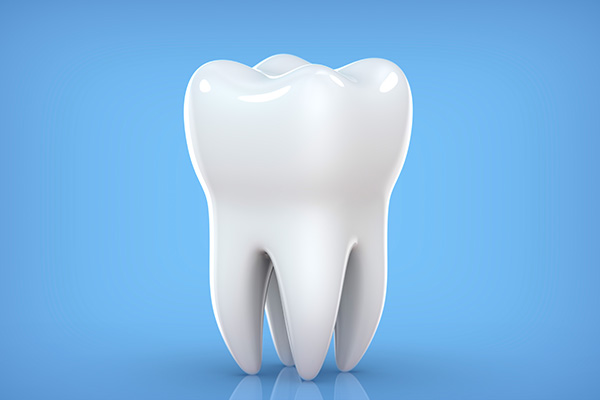Professional teeth whitening procedure
When a dental patient experiences a yellowing or discoloration of the teeth, a whitening treatment can help remove years of staining for a more beautiful smile. As preparation, a cosmetic dentist may recommend a routine cleaning from a general dentist to remove any plaque or tartar buildup. During treatment, a whitening solution or gel is brushed onto the surface of each affected tooth. Many times, this solution is cured with a blue light to activate the ingredients for more noticeable results. Depending on the level of staining and treatment plan chosen, a patient may need one or multiple whitening sessions.
Due to the nature and composition of whitening treatments, tooth enamel is temporarily weakened. This process breaks down some of the surface minerals to remove deep staining. As a result, it is critical to take certain precautions to protect the teeth and prevent stains from recurring.
Follow-up care
After a whitening treatment, a cosmetic dentist will likely address several areas to ensure the patient is utilizing proper home care. If patients are unsure about which products to use or avoid, they should contact the office first, rather than run the risk of ruining a recent treatment.
The recovery timeline
The natural process of remineralizing the teeth can take anywhere from 24-72 hours, depending on overall oral health and the type of whitening treatment used. Patients should take extra care to follow these rules during the first two or three days after a whitening treatment. However, for more lasting results, it is wise to make a habit out of whitening follow-up practices.
Brushing and flossing
Patients should wait to brush and floss for at least one hour after a whitening treatment from a cosmetic dentist. Once it is safe to resume oral home care, a soft-bristled brush should be used in a gentle, circular motion to avoid enamel loss. A high-fluoride toothpaste is recommended.
Dietary and lifestyle choices
Most dentists recommend a white or clear food diet after treatment. Patients should avoid foods and beverages that can contribute to staining, such as:
- Red wine
- Coffee
- Soda
- Dark berries
- Beets
- Tea
Also, patients should not smoke or use tobacco products. Many experts also recommend that lipsticks be avoided, as these can seep onto the teeth during use.
Addressing sensitivity
Tooth sensitivity is common after a whitening treatment of any kind. While it typically subsides after a few days, some patients experience lingering effects. Using a toothpaste and mouth rinse designed to combat sensitivity can be helpful. In addition, patients should avoid extremely hot, cold, or acidic foods until the discomfort subsides.
Conclusion
A professional tooth whitening from a cosmetic dentist can help remove stains for a stunning smile. However, proper follow-up care is required to maintain results both immediately and long term.
Request an appointment or call Allure Dental at 312-598-1770 for an appointment in our Chicago office.
Related Posts
An experienced cosmetic dentist can brighten and whiten your teeth again. Lifestyle and diet choices can contribute to dental staining. In some cases, medications cause teeth to discolor. Bringing the sparkle back to them is important for your self-esteem. Here are the teeth whitening options that you can get from your cosmetic dentist.Over-the-counter teeth whitening…
A cosmetic dentist can help if you are not happy with the way your smile looks or feels. The right treatment for your dental needs can change your life. Knowing the reasons for seeing this dental care provider can help you schedule an appointment soon. Here are three reasons for visiting a cosmetic dentist.Dental decay…
Seeing a cosmetic dentist can give you the information you need if you want to have a dental procedure. A consultation with your dentist is a chance for you to ask questions about things that are relevant to your dental treatment. This dental care provider can help you make informed decisions about your aesthetic dental…
